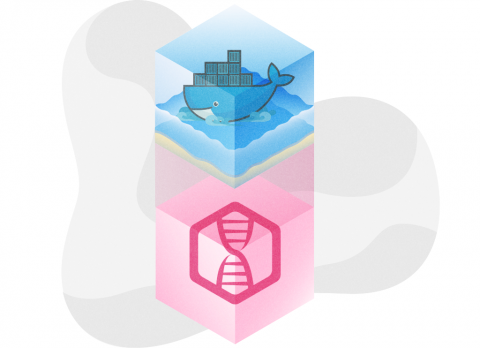From Scrum to Kanban: Why Most Delivery Teams at PagerDuty Made the Switch
Nearly two years ago, I joined PagerDuty as an Agile Coach with limited experience working with Kanban delivery teams. I started coaching two Scrum teams, but as soon as my teams got word that their peers using Kanban were happier and higher-performing, they pushed for the switch. Today, nearly all delivery teams here have transitioned from Scrum to Kanban.











